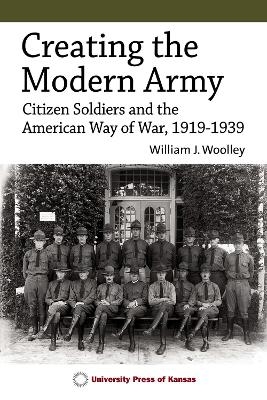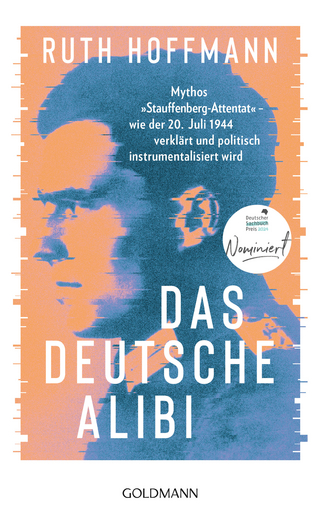
Creating the Modern Army
University Press of Kansas (Verlag)
978-0-7006-3302-9 (ISBN)
The modern US Army as we know it was largely created in the years between the two world wars. Prior to World War I, officers in leadership positions were increasingly convinced that building a new army could not take place as a series of random developments but was an enterprise that had to be guided by a distinct military policy that enjoyed the support of the nation. In 1920, Congress accepted that idea and embodied it in the National Defense Act. In doing so it also accepted army leadership's idea of entrusting America’s security to a unique force, the Citizen Army, and tasked the nation’s Regular Army with developing and training that force. Creating the Modern Army details the efforts of the Regular Army to do so in the face of austerity budgets and public apathy while simultaneously responding to the challenges posed by the new and revolutionary mechanization of warfare.
In this book Woolley focuses on the development of what he sees as the four major features of the modernized army that emerged due to these efforts. These included the creation of the civilian components of the new army: the Citizen’s Military Training Camps, the Officer Reserve Corps, the National Guard, and the Reserve Officer Training Corps; the development of the four major combat branches as the structural basis for organizing the army as well as creating the means to educate new officers and soldiers about their craft and to socialize them into an army culture; the creation of a rationalized and progressive system of professional military education; and the initial mechanization of the combat branches. Woolley also points out how the development of the army in this period was heavily influenced by policies and actions of the president and Congress.
The US Army that fought World War II was clearly a citizen army whose leadership was largely trained within the framework of the institutions of the army created by the National Defense Act. The way that army fought the war may have been less decisive and more costly in terms of lives and money than it should have been. But that army won the war and therefore validated the citizen army as the US way of war.
William J. Woolley is professor of history emeritus, Ripon College.
Series Editor’s Foreword
Preface
Introduction: The Quest for a National Military Policy, 1878-1920
Part 1
Creating the Citizen Army, 1919-1925
1. Disappointment and Disillusionment: The Army and the Nation, 1920-1925
2. The Heart of the Policy: Creating the New Citizen Army
Part II
The Army in the Era of Stability, 1926-1929: Creating the Branches
3. Stabilizing the Relationship: The Army and the Nation in the Era of Stability
4. The Civilian Components in the Era of Stability
5. Creating Orthodoxy and Predictability: Professional Military Education in the Army, 1919-1939
6. Building a Throne for the Queen: Infantry Branch Organization and Branch Culture in the 1920s
7. Branch Stagnation: American Field Artillery, 1919-1939
8. End of the Big Guns: Mission and Branch Identity Crisis in the Coast Artillery, 1919-1939
Part III
Mechanizing the Army, 1930-1939
9. The Army Besieged: The Army and the Nation in the Decade of the Depression, 1930-1939
10. Stability amid Crisis: The Civilian Components in the 1930s
11. Modern Weapons and Traditional Tactics: The Infantry and Tanks, 1919-1939
12. Mounts or Motors? The Cavalry and Its Response to Mechanization, 1919-1939
Conclusion
Abbreviations Used in Citations
Notes
Bibliography
| Erscheinungsdatum | 31.03.2022 |
|---|---|
| Verlagsort | Kansas |
| Sprache | englisch |
| Maße | 152 x 228 mm |
| Gewicht | 151 g |
| Themenwelt | Geschichte ► Allgemeine Geschichte ► 1918 bis 1945 |
| Geschichte ► Teilgebiete der Geschichte ► Militärgeschichte | |
| Sozialwissenschaften ► Politik / Verwaltung | |
| ISBN-10 | 0-7006-3302-2 / 0700633022 |
| ISBN-13 | 978-0-7006-3302-9 / 9780700633029 |
| Zustand | Neuware |
| Haben Sie eine Frage zum Produkt? |
aus dem Bereich


